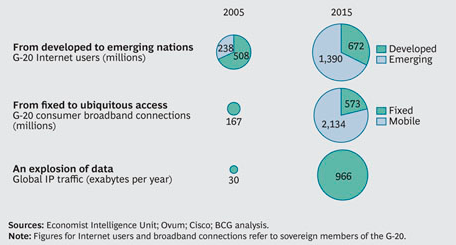Why employers should rethink their attitude towards Social Media…
Many interesting infos have we seen concerning how companies and employers are seeing and opening up their minds about Social Media usage in their offices.
PayScale now comes up with an interesting collection of data based on how employers have adapted Social Media usage for their employees. Some key findings are in the following infographic which makes clear that companies are still in a control mode and have their difficulties becoming “The Social Enterprise”.
– Just a bit more than half of the companies (53%) have a formal social media policy.
– Still 42% of companies don’t allow any forms of Social Media activity at work.
– The smaller the company the more likely the company has a Social Media policy in place.
– With 65% the retail industry is the most evolved industry sector, followed by manufacturing and biz support.
– Energy companies are least likely to use Social Media versus media companies that do encourage their employees.
Spot On!
The infographic shows that there is some kind of ambiguity in the adoption of Social Media inside companies. Although most companies see value in employer branding, in recruiting people through Social Media platforms (80% according to LinkedIn) as well as for external communication like promotions, marketing and PR, many companies still don’t want to go the final mile in transforming their company into a “Social Business”. So, why are they banning the use of these platforms, if they see ROI for their employees in working with it? Isn’t the open and transparent use of Social Media in business more important for the future than it has ever been? For marketing and HR ok, for the rest of the employees not?
Just think about the fact that two out of five Gen Y workers rate Social Media above a higher salary (well, they don’t have kids and family liabilities…). When 56% don’t want a company than bans Social Media companies should rethink their HR strategy and see the value in a Community Centric Strategy…




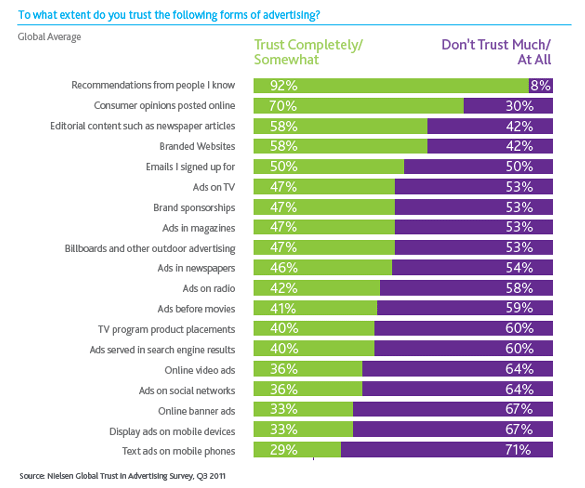
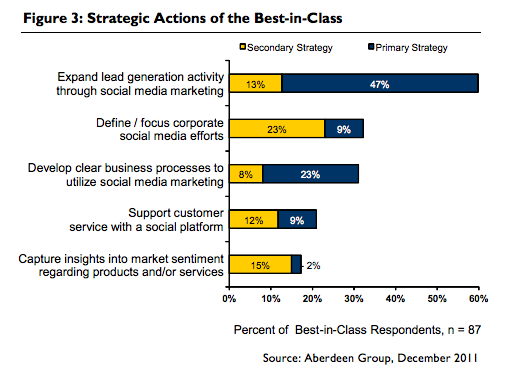

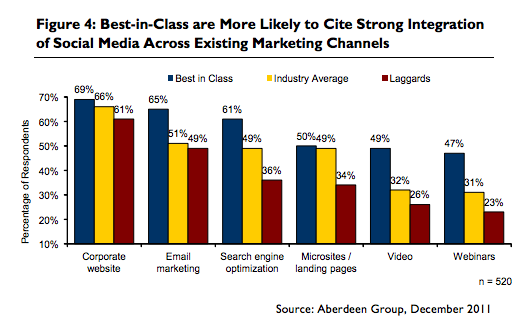


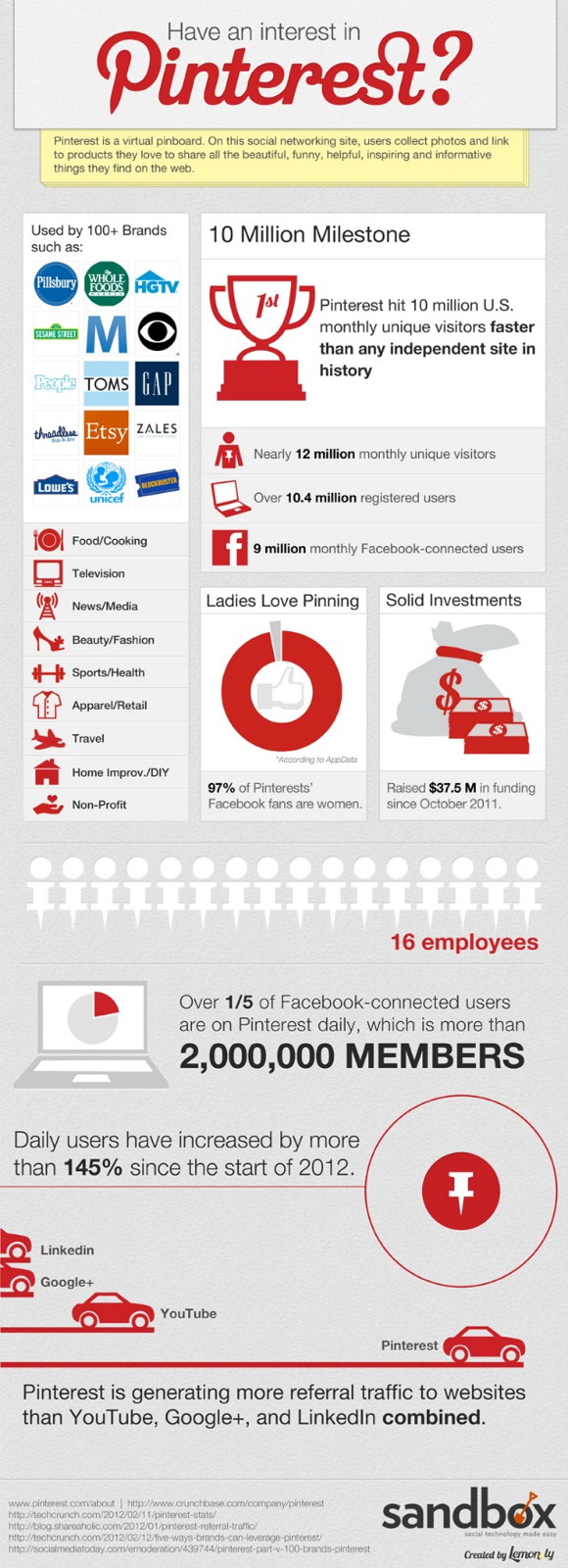
 In a recent study the research companies
In a recent study the research companies 